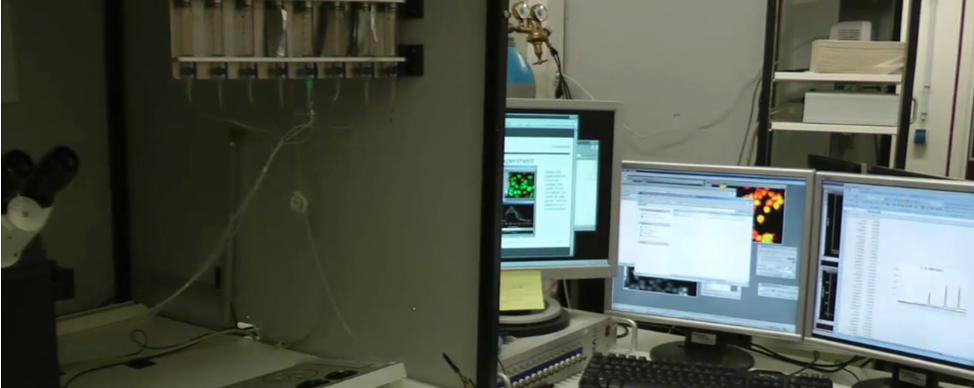- Home
-
Screening
- Ionic Screening Service
-
Ionic Screening Panel
- Ligand Gated Ion Channels
- Glycine Receptors
- 5-HT Receptors3
- Nicotinic Acetylcholine Receptors
- Ionotropic Glutamate-gated Receptors
- GABAa Receptors
- Cystic Fibrosis Transmembrane Conductance Regulators (CFTR)
- ATP gated P2X Channels
- Voltage-Gated Ion Channels
- Calcium Channels
- Chloride Channels
- Potassium Channels
- Sodium Channels
- ASICs
- TRP Channels
- Other Ion Channels
- Stable Cell Lines
- Cardiology
- Neurology
- Ophthalmology
-
Platform
-
Experiment Systems
- Xenopus Oocyte Screening Model
- Acute Isolated Cardiomyocytes
- Acute Dissociated Neurons
- Primary Cultured Neurons
- Cultured Neuronal Cell Lines
- iPSC-derived Cardiomyocytes/Neurons
- Acute/Cultured Organotypic Brain Slices
- Oxygen Glucose Deprivation Model
- 3D Cell Culture
- iPSC-derived Neurons
- Isolation and culture of neural stem/progenitor cells
- Animal Models
- Techinques
- Resource
- Equipment
-
Experiment Systems
- Order
- Careers
Equipment
The AcronTM instrument portfolio provides a comprehensive solution for patch-clamping that includes amplifiers, digitizer, software, and accessories. Our advanced instruments facilitate the entire range of patch-clamp electrophysiology techniques from the smallest single-channel to the largest macroscopic recordings.

Patch Clamp Amplifier
Patch-clamp electrophysiology is performed with a borosilicate electrode of 1-2 µm tip diameter within a pipette containing electrolyte solution. The pipette tip is tightly sealed onto the membrane and "patches" an isolated part of the membrane, electrically. Currents flow through the channels in this patch and can then be recorded by an electrode connected to a differential amplifier. The amplifier contains the circuitry necessary to measure current passing through the cell membrane both in magnitude and direction. The pipette tip makes a giga-ohm seal with the membrane, providing metrics related to membrane conductance from the electrical current flow.
Digitizer
The current acquired by the amplifier is an analog signal, but in order to perform data analysis needed for high resolution patch-clamp measurements, the analog signal must be converted into a digital one. The digitizer is a data acquisition instrument that converts analog signals into digital signals.
Software
Analysis software is an interface with the amplifier, digitizer, and any other patch-clamp electronics, to perform data acquisition and data analysis, as well as to control the digitizer and amplifier.
Headstage
The electrical signal acquired by the micropipette needs to be transmitted to amplifier systems for signal processing. Each headstage is specifically tuned for the amplifier. A device that holds the micropipettes with built-in circuitry to transmit electrical signals from the micropipettes onto the amplifier.
Microscope
The microscope is an important optical magnification tool. The micromanipulator is a device that mechanically maneuvers the micropipette with nanometer precision, typically allowing 3D movements. The microscope with micromanipulator is to precisely and stably position the micropipette to the area of the cell membrane. It's required for a successful recording. An inverted microscope is preferable because it allows easier access for electrodes from above the preparation and also provides a larger, more solid platform to bolt the micromanipulator.
Faraday Cage and Tables
A Faraday cage is a wire mesh enclosure around your microscope and recording chamber to prevent the electrodes from picking up extraneous noise sources. The air or anti-vibration tables are used to isolate setup from external sources of vibration that may disrupt this alignment.
Creative Bioarray offers a comprehensive portfolio of electrophysiology studies to monitor neuron-to-neuron communication and study the effects of physiological or pharmacological stimuli. Small electrical signals of action, membrane, or synaptic potentials are amplified and recorded using state-of-the-art equipment.
Related Section
Inquiry

